Got a Kodak Ektar H35 as my first film camera. I was so nervous about using it right!
Many beginners like me feel lost when starting with film photography. The fear of wasting film, making basic mistakes, or not knowing which settings to use can stop us from even trying. It’s frustrating when you want to create good photos but don’t know where to begin.
This Kodak Ektar H35 review might be the perfect starter camera for people who want to learn film photography without the usual headaches.
In this review, I’ll share my honest experience as a complete beginner and show you why this little camera made my first steps in film photography much easier than expected.
Why is Kodak Ektar H35 Best for Beginners?
The Kodak Ektar H35 is a small, light film camera that fits in my pocket. It weighs just 100 grams, making it easy to carry all day. The camera has a fixed 22mm f/9.5 lens with a 1/100s shutter speed. This setup means I don’t need to worry about changing settings – it’s all fixed and ready to shoot.
What makes the H35 stand out is how it takes two exposures on one 35mm frame. This gives me 72 half-frame photos from a standard 36-exposure film roll, which saves money as I learn.
I found this camera works best for:
- Complete beginners who feel scared of film photography.
- Casual shooters who want something simple.
- Students on tight budgets (more shots per roll means less cost).
- Travel fans who need something light.
- Anyone who likes the softer look of film but doesn’t want complex gear.
From my tests, it’s not ideal for low-light shots or for people who want full control over their photos.
Key Features and Specs: Kodak Ektar H35 Review
When picking up the Ektar H35, a few things stood out to me right away. This tiny camera packs some helpful features that make it very user-friendly for beginners.
Let me walk you through what I found most useful during my first few rolls of film.
Half-Frame Format
The H35 uses a half-frame format, which means it takes photos that are half the size of a standard 35mm frame. This was a big plus for me as a beginner since I got twice as many shots per roll – 72 photos from a 36-exposure film.
When I made mistakes (and I made plenty), it didn’t hurt as much because each shot cost less.
I noticed the smaller negative size does limit how much I can enlarge my prints, but for sharing online or making 4×6 prints, the quality was more than good enough. The vertical orientation of the half-frame also pushed me to think about composition in new ways.
Simple Fixed Settings
One thing that helped me get started quickly was the fixed settings. The camera has:
- A fixed 22mm lens (quite wide-angle)
- f/9.5 aperture that can’t be changed
- 1/100s shutter speed
At first, I worried these limits would be bad, but they turned out to be helpful. It didn’t take long to decide on the settings to use – I just pointed and shot.
The wide depth of field from the f/9.5 aperture meant most of my photos came out in focus, which was great for a beginner like me.
Size and Portability
The size of this camera shocked me when it arrived. It measures just 10.5 × 6.7 × 3.5 cm and weighs about 100 grams (without film). I could slip it into my jacket pocket or small bag with no trouble.
This small size made a big difference in how often I used it.
Built-in Flash
The built-in flash was a feature I didn’t think I’d use much, but it turned out to be quite helpful. It has a range of about 1-3 meters, which worked well for indoor photos of friends or small spaces.
The flash turns on with a simple switch on the front of the camera. I learned that it drains the single AAA battery fairly quickly if left on, so make sure to switch it off when not in use. For daytime outdoor shots, I kept it off to save battery life.
How the Ektar H35 Compares to Similar Cameras
I found the comparison given below helpful when making my choice.
The Ektar H35 won me over with its half-frame format that let me take more photos while learning. The Instax Mini gives instant results but costs more per shot, and the Sprite 35-II is slightly cheaper but offers fewer shots per roll.
For my needs as a beginner who wanted to practice a lot without spending too much on film, the Ektar H35 hit the sweet spot of price, features, and film economy.
|
Feature |
Kodak Ektar H35 | Fujifilm Instax Mini 11 | Ilford Sprite 35-II |
|---|---|---|---|
| Lens | 22mm f/9.5 fixed | 60mm f/12.7 fixed | 31mm f/9 fixed |
| Shutter Speed | Fixed 1/100s | Auto (1/2s – 1/250s) | Fixed 1/120s |
| Flash | Built-in (1-3m range) | Built-in with auto exposure | Built-in |
| Focus | Fixed focus (1m to ∞) | Auto focus | Fixed focus (1m to ∞) |
| Size | 10.5 × 6.7 × 3.5 cm | 10.7 × 12.1 × 6.7 cm | 11.9 × 6.7 × 4.4 cm |
| Power | 1 AAA battery (for flash only) | 2 AA batteries | 1 AA battery |
| Best For | Beginners who want more shots per roll | Instant results, party settings | Absolute basics, slightly larger grip |
Key Takeaways
Referring to the Kodak Ektar H35 review of mine, I conclude it’s a great first step for new film photographers. Its simple design, half-frame format, and pocket size make it very easy to use.
This matters because the H35 lowers the bar to entry for film photography. With fixed settings and twice the shots per roll, it helps build good habits without the cost hurting too much when you make mistakes.
If you’re someone who wants to try film but feels nervous about complex cameras, I think you’ll find the H35 a friendly starting point. It taught me to focus on moments and composition rather than settings.
Give the Ektar H35 a try, and let me know how your first roll turns out in the comments below!
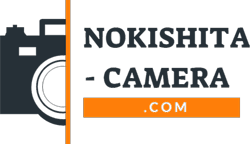
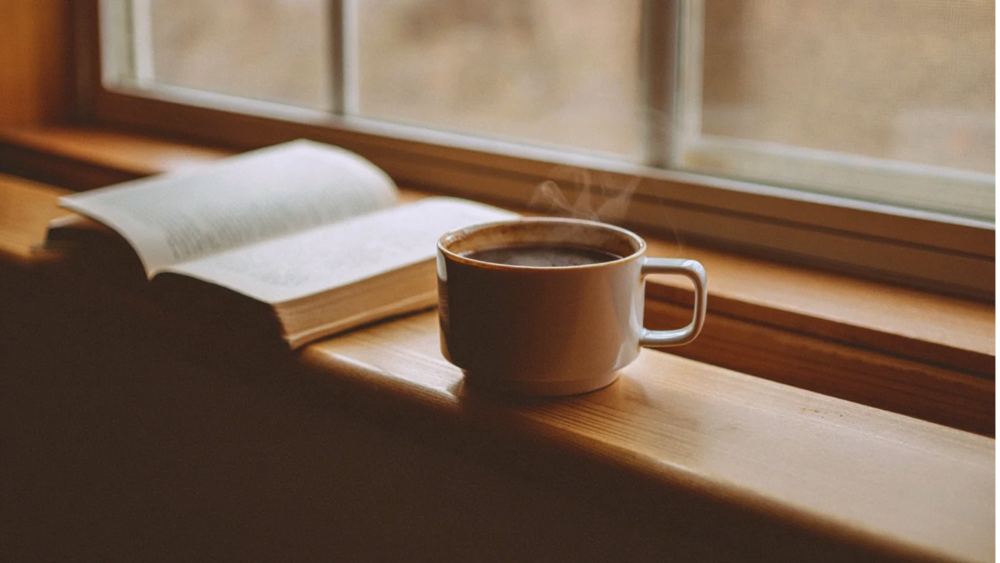

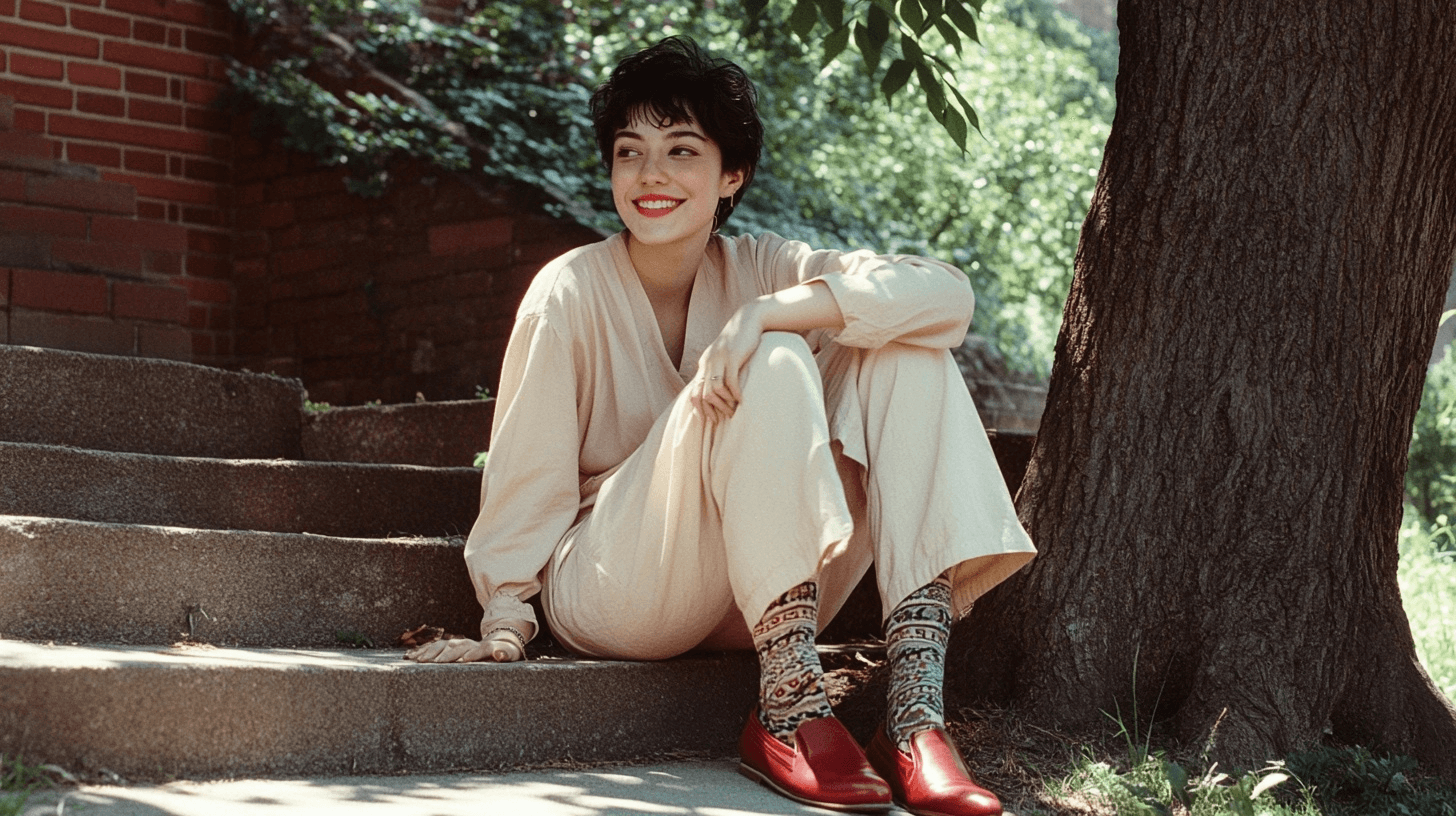
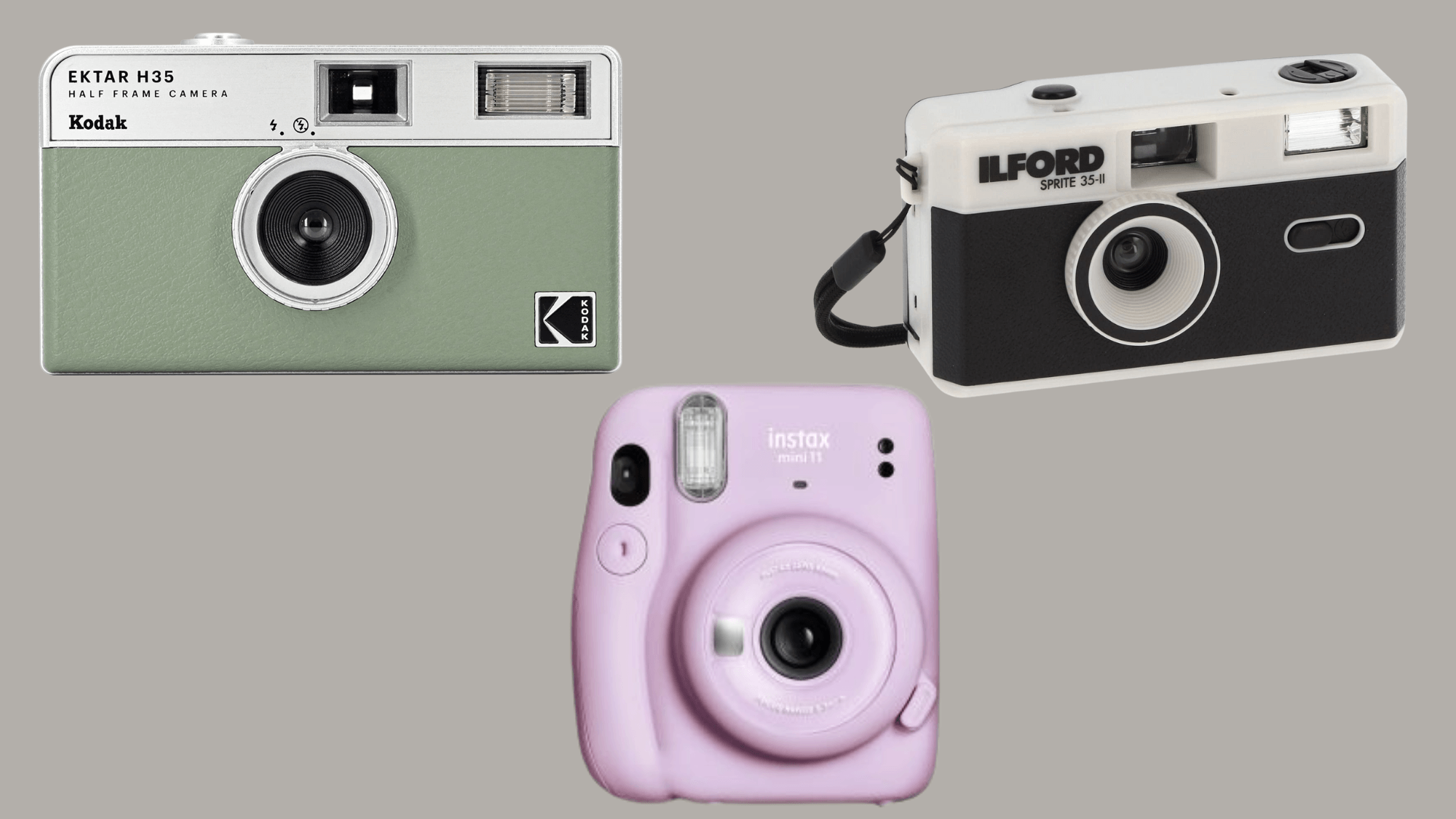
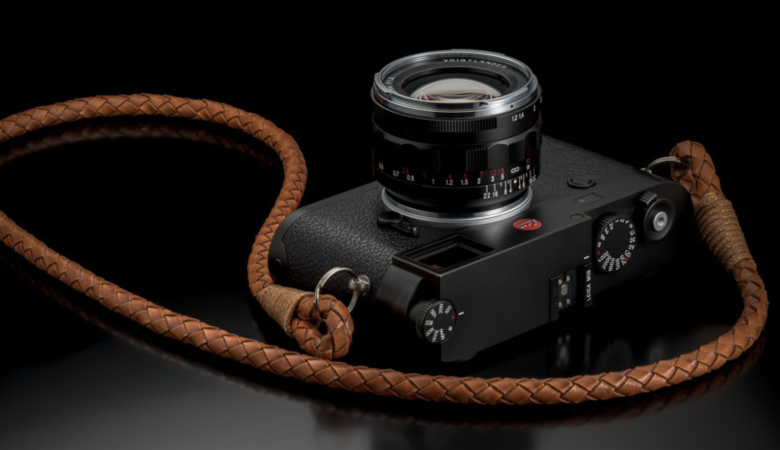


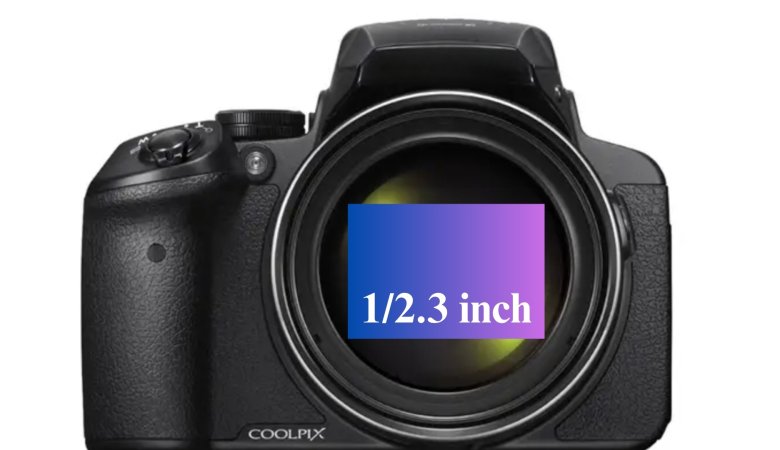
Leave a Reply